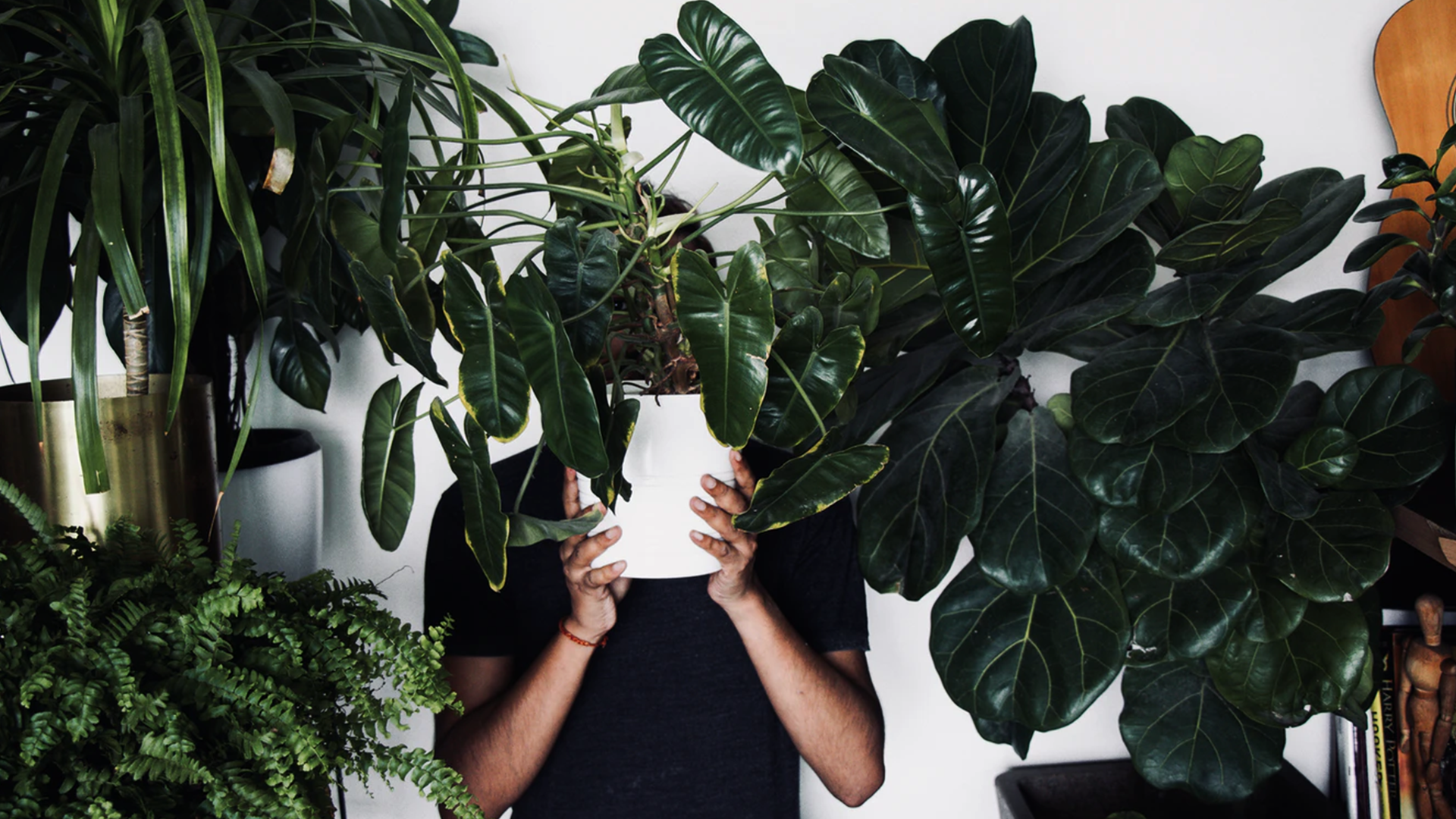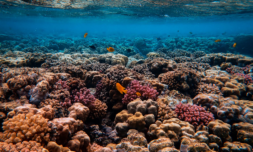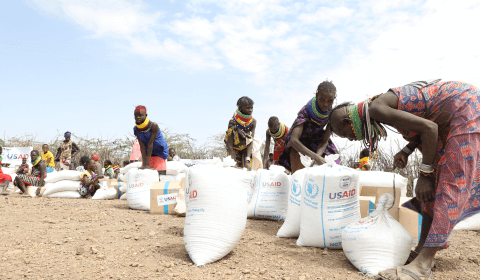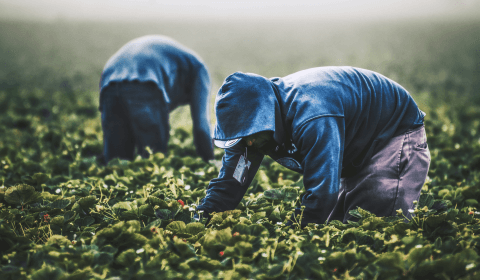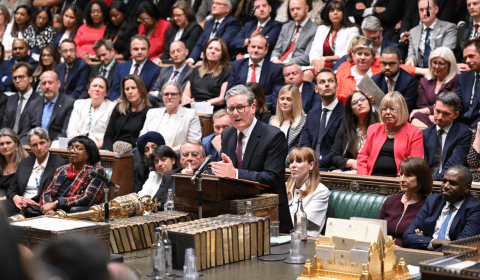Houseplants are a huge hit with Millennials and Gen Z but usually contain peat, a soil-like substance that is terrible for the environment. Luckily alternatives are finally gaining traction.
If you’ve ventured into somebody else’s home in the last year outside of lockdowns, it’s highly likely you’ve seen at least a few houseplants scattered about.
Purchasing plants designed for interior spaces has become a huge industry – in 2018 sales grew by more than 50%. In 2019 this rose by a further 60% and the BBC estimates that four in five 16 to 24-year-olds own at least one houseplant.
It’s not hard to see why they’re doing so well. Making your living spaces a little greener offers both physical and mental health boosts, as well as ample opportunities for aesthetically pleasing Instagram posts.
However, despite their connotations with clean living, most are actually detrimental to the environment. The vast majority are grown in peat, a deposit also known as turf. Mining peat releases tons of carbon into the atmosphere, effectively making it the ‘fast fashion’ equivalent of gardening.
Consumer knowledge on peat has historically been non-existent despite the rising interest in houseplants, though suppliers of eco-friendly alternatives say things are now beginning to change.
Supplier Harriet Thompson has seen a 200% boost in 2021 sales compared to last year, according to The Telegraph, with social media platforms helping to spread the message.
https://www.youtube.com/watch?v=2Nt3kUDZcVY&ab_channel=PLANTERINA









